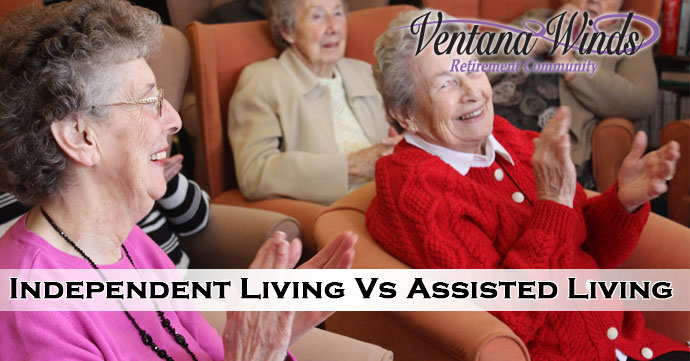How Often Should You Visit A Parent In Assisted Living?

It’s important to visit your parent in assisted living as often as you can. Your presence will offer reassurance as your parent adjusts to a new living situation. Let’s take a look at how you can determine when to visit, as well as a few schedule examples.
How To Determine How Often To Visit A Parent In Assisted Living
The majority of assisted living communities welcome friends and family to visit residents as often as they wish. Consider these few factors when determining how often you should visit your parent.
Your Parent’s Preferences
While you may want to visit your parent each and every day, they may relish their independence at this time. Talk to your parent to see exactly how often he or she would like you to visit.
Adjustment Period
It’s no secret that your parent will go through some sort of adjustment period when first moving into an assisted living community. It may take some time to meet new people and settle into a new routine. Visiting more frequently at this time can help your parent adjust to the new living situation.
Overall Health
Frequent visits can be beneficial when your parent is experiencing a health concern or medical condition. Each visit will allow you to observe any changes in their health or behavior.
Coordinated Schedules
It’s recommended to coordinate your schedules when there are multiple family members that wish to visit. This way your parent can have constant support without feeling overwhelmed when the whole family shows up together.
Activities And Events
Always try to coordinate visits on special occasions like birthdays and holidays. Most assisted living communities will host special events and activities for all to participate.
Suggested Visiting Schedules
Of course, there is no universal schedule for visiting a parent in assisted living care. Below are simply a few schedule suggestions.
Weekly Visits
Weekly visits can offer a consistent and reassuring presence for your parent. This visiting schedule is best for keeping up on any mental or physical concerns.
Bi-Weekly Or Monthly Visits
If weekly visits are not possible for you, this sort of schedule can still offer a stable presence.
Special Occasions
Always try to be there for the meaningful days like birthdays and anniversaries.
When Should You Avoid Visiting A Parent In Assisted Living?
While regular visits are undoubtedly beneficial, visiting during certain times may not work well with your parent’s well-being. For instance, seniors with mild cognitive impairments could become distressed when visited. If this is the case, you may want to restrict the frequency of your visits.
Memory Care At Ventana Winds In Youngtown, Arizona
We invite you and your loved one to come and tour our memory care facility in Youngtown, Arizona and find out why our residents love to live in our compassionate and welcoming community. Take a look at our memory care page to see pictures, find out more about the facility, amenities, what is included in rent, and more. Call us at 623-323-1796 for more information or to schedule a tour of our facility.














